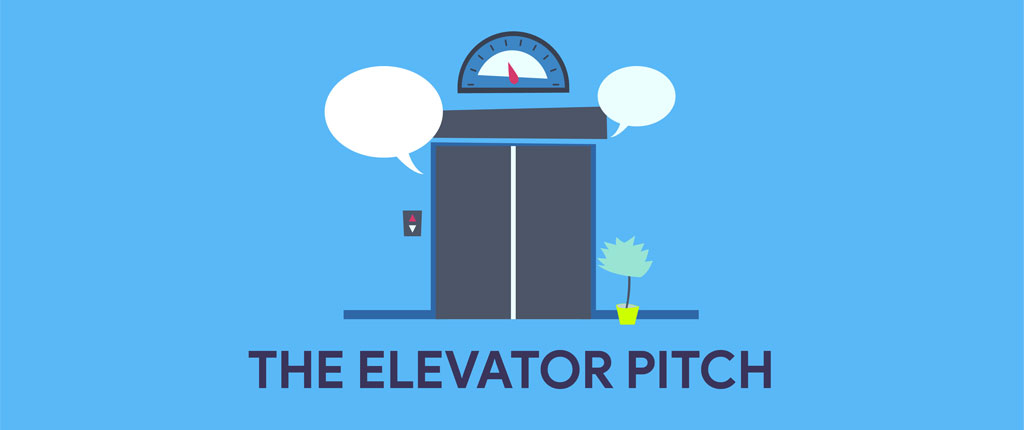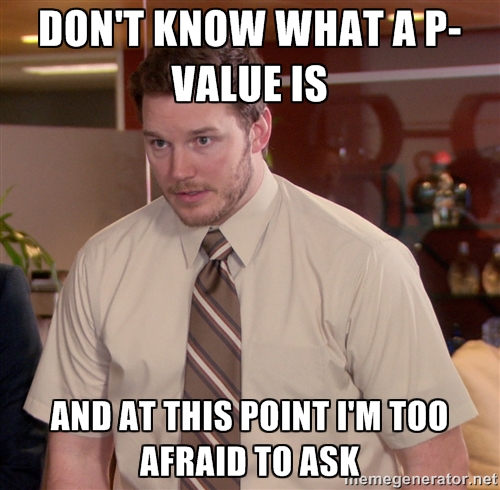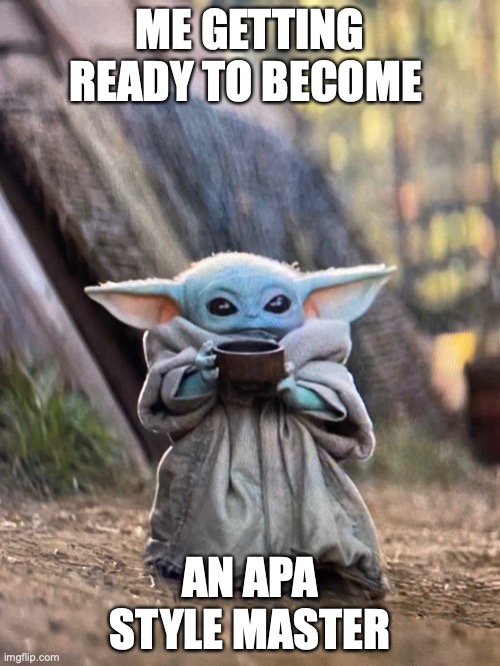Developing a Good Elevator Pitch
Being able to communicate your study’s purpose quickly and effectively is important. Often we need to share our science with non-experts, so being able to capture others’ interest in an engaging way from the start, helps them see the value of our work. Elevator pitches are traditionally thought of in the context of a job […]
Developing a Good Elevator Pitch Read More »











